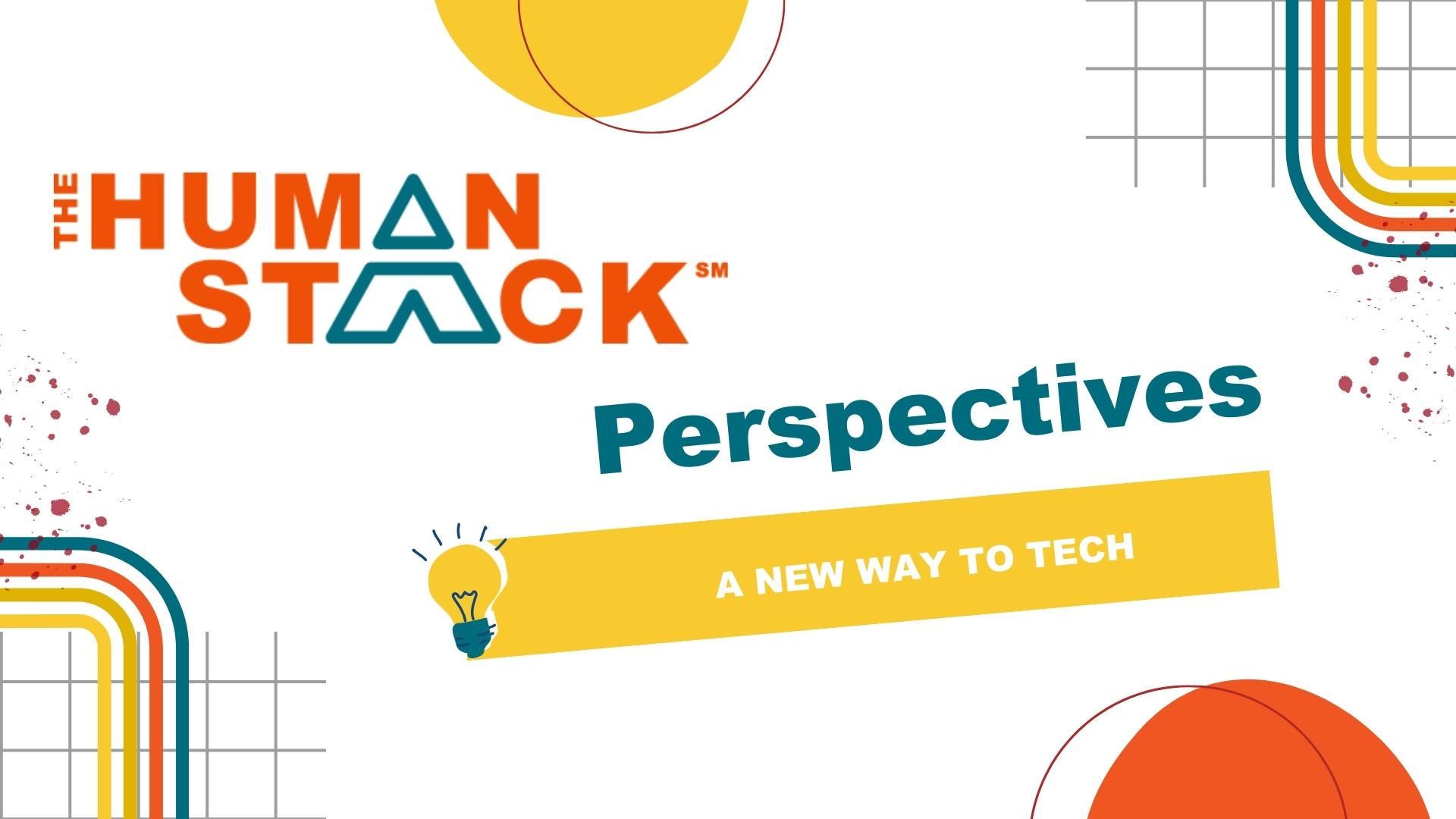Nonprofits Are NOT "Doing It Wrong."
At some point in their career, most nonprofit professionals have been told—often by a well-meaning businessperson board member—they must apply forprofit thinking to their organization. Some even go as far as suggesting that not applying these business strategies amounts to “doing it wrong, ” or, at the very least, “not doing enough.” Instead of asserting their position as experts in their business, nonprofit leaders often wind up agreeing. It’s time for this to stop. The nonprofit world is challenging enough without imposter syndrome. It's time to put an end to this forprofit-splaining by politely informing business people that nonprofits know their own business. Their own nonprofit business model.
Here are five distinct differences between nonprofit and forprofit models, as well as three recommendations to navigate this differentiated market.
1. Primary Objectives: Profit vs. Impact
Forprofits maximize profit, nonprofits maximize impact. The effect is seen at a resource level. When forprofits meet their objectives, they have excess resources. If they continue this year over year, these resources pool, giving them incredible power over their next steps. However, when nonprofits meet their objective of impact maximization, they expend all resources toward that objective. Forprofits have a universally recognized metric (profit), making their objective easy to measure. Nonprofits are missing this type of metric and ease of measurement. Fortunately these metrics are being created through efforts like the UN Sustainable Development Goals (SDG).
2. Opposite Resource Allocation Objectives
Successful forprofits maximize profit by doing as little as they can for as much as possible. Nonprofits, on the other hand, do as much as they can for as little as possible. Here's a nifty view of these reciprocal allocation approaches:
FORPROFIT: as little as possible FOR as much as someone will pay = PROFIT
NONPROFIT: as much as possible FOR as little as someone will give = IMPACT
When business people suggest nonprofits should conduct themselves like forprofits, they may be unaware of this underlying economic reality. Successful forprofits have pooled profit and can use it to invest in additional staff, better equipment, nicer buildings, excellent marketing, and skills development. In fact, not investing is considered bad business by investors. Nonprofits are seen as violating their core objective of maximizing impact when they invest in these same business improvements and are labeled as having "high overhead." Too many nonprofit marketing campaigns highlight tiny operating budgets and lack of expensive infrastructure.
Persistent, but old-school, thinking continues to question this investment. Insightful nonprofit leaders take the long view and make these business investments and their model reflects this long term thinking.
3. The Beneficiary is not the one who pays
Forprofits have the incredible power of personal incentive: the person who receives the service or product is the one who pays. When someone goes to a restaurant, they look at a menu, and decide what to get based on what they want and can afford. Nonprofits are not as fortunate. Imagine a restaurant where wait staff take an order, call around to find someone who will pay for the meal, write thank-you notes to whomever said yes, and send a compelling and inspiring story about it to a list of investors, all while keeping the name of the diner anonymous! Meeting the needs of beneficiaries and developing a separate pipeline of funding to meet those needs is an incredible feat. Nonprofits should be proud of their ability to do what forprofit businesses wouldn't attempt: successfully offering services with someone else footing the bill.
4. Priceless doesn't mean less price
It's easy to see the importance of nonprofit contribution, identify the SDGs it's related to, declare it priceless, and move on. But price is the forprofit powerhouse that mitigates negotiations, determines competitive advantage, and guarantees profitability. Many nonprofits are like professional services firms without prices, because nonprofits exist with invisible prices. Even fee-for-service nonprofits almost always provide services at much lower than market value, subsidizing the fees with sliding scales and donor dollars. The forprofit rule is price exceeds cost including any operational expenses (without externalities, but let's leave that for another day) so service costs are known, understood, measured, and decreased if at all possible.
Nonprofits aren't forced to evaluate the cost-per-service in the same manner, and admittedly, the costs are more difficult to measure because of extra market factors like volunteers. However, a nonprofit business model will incorporate known costs and the revenues to cover them.
5. Denial of Service is Personal
Economics asks questions about who does and doesn't get services. This is pretty simple in the forprofit world because price is what restricts services. Customers decide if they can or can’t afford services. If the line gets too long (demand), providers raise the price until the line gets shorter. In an industry without a price to raise, nonprofits instead raise the number of hours staff work, cut all extra spending, or create a waiting list for programs. Nonprofit leaders make extremely difficult decisions about who will and won’t get served. These business decisions feel personal because the services are personal.
Economists should be interested in studying nonprofits because they don’t fit the standard market model where a supply-and-demand intersection sets the price and quantity. In this world, there is no price to set demand restriction to allocate finite supply of services. Instead, access to those services and limited funding create market allocations.
3 Things Nonprofit Business Models Should Include
Given that nonprofits need their own business models, here are three suggestions that will contribute to success:
1. Lack Of Overhead Guarantees Lack Of Impact
Many nonprofit marketing messages claim that every dollar donated goes directly toward impact. Besides it being (at least practically) untrue, this has the unintended, and harmful, effect of training both donors and nonprofit staff to think of operational budget and organizational infrastructure in negative terms.
2. Measuring Impact Is Difficult, But Do It Anyway
Even though it requires deep changes in people, processes, and technology, savvy future-facing nonprofits are connecting their outcomes, inputs, and real costs to identify impact and develop metrics that align with SDGs. Measuring what matters is a strong competitive advantage in a world where 73 percent of nonprofits say they can't tell if their programs are effective.
Part of what makes impact hard to measure is doing it in a way that promotes justice. Vu Le from Nonprofit AF identifies the issues of privilege and measuring in two excellent posts: Solution Privilege and Why Impact-per-dollar Is a Terrible, Harmful Way to Measure Nonprofit Effectiveness. Vu speaks to the complications of raising these issues and notes that it is exhausting if you aren't starting from a place of privilege. A nonprofit business model should recognize and countermand privilege bias to avoid solution privilege.
3. Invest in Information
Which brings us to the homework: investing in information and becoming experts. Experts know of the full value of the services they provide. They know the cost of creating SDG defined impact. And they know the degree to which additional funding will create more impact. Ninety percent of organizations collect data, but only five percent use that information to inform every decision (“The State of Data in the Nonprofit Sector”, 2019). Nonprofits who collect and use data to create intelligence that guides day-to-day operations are positioned with a strong competitive advantage. (Pro tip: an Digital Health Review is a good place to start.)
Nonprofit business works differently than forprofit business. That doesn't make it second rate, it makes it first in class. Its own class.


 Tim Lockie
Tim Lockie



